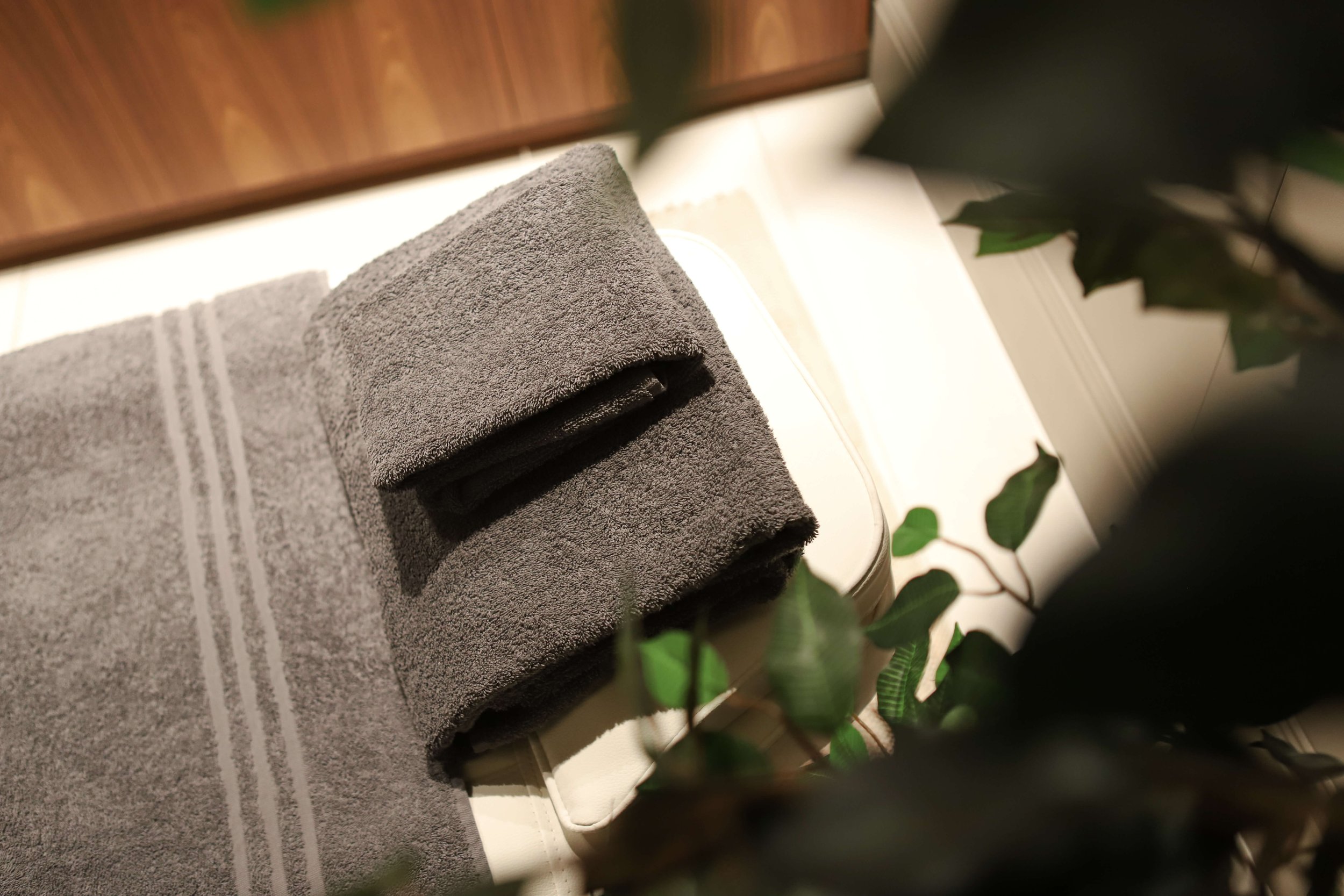What is Massage Therapy: Types & Benefits
Massage therapy is a powerful tool for improving muscle and joint functionality. Manipulating and mobilising joints, muscles, fascia, and connective tissue can help increase the flexibility and elasticity of muscle fibres.
It's also a great way to release tension and reduce pain and discomfort. Chronic pain can occur when muscle tension builds up, leading to a greater likelihood of injury if left untreated. Fortunately, regular massage therapy can help prevent injury and keep you feeling your best.
Understanding the Different Types of Massage Therapy
Are you looking for the correct type of massage therapy to suit your needs?
Depending on what you're after, a different type of massage may best suit you.
Swedish & Relaxation Massages
Swedish Massages, also known as relaxation massages, are a common type of massage that uses techniques such as kneading, vibration, tapping and percussion. Masseuses and massage therapists can help promote blood circulation and relax tight muscles through these techniques.
The primary aim of these massages is to relax the body and mind and destress. Through massage, we can experience a rush of endorphins that bolster our mood and create a heightened sense of relaxation.
While relaxed, our perceived pain may be reduced, while endorphins help reduce pain intensity. These elements, in combination, help us feel restored after a massage session and can even help prevent injuries in the future.
Sports Therapy Massages
Sports Therapy massages focus more on releasing tension, treating minor soft tissue injuries and helping the body regain functionality through mobilisation and manipulation of muscles and joints.
Despite what the name suggests, Sports Massage is also an effective method for those who don't exercise or perform sports but carry muscular tension due to their job or lifestyle.
Sports Therapy massages can be invaluable for athletes and high performers, as tight muscles can drastically limit flexibility and contribute to future injuries.
It can also be used in many ways. While a relaxation massage focuses on relieving stress and tension post-activity, sports massage can be used pre-event, pre-workout, and post-workout. Using it before a big event or workout can help improve performance and reduce the chance of injury.
The increased blood flow and tension release can also be an effective warm-up.
Lymphatic Drainage
Lymphatic Drainage, or Lymphatic Massage, Is a specialised massage technique targeting the lymphatic system. This system is a crucial component of the body's immune system and comprises a network of vessels and lymph nodes responsible for transporting lymph fluid.
Lymphatic drainage massage aims to facilitate the movement of lymphatic fluid, removing waste products, toxins, and excess fluid from the interstitial spaces between cells.
When completed by a specialist, it is known as Manual Lymphatic Drainage and involves an adapted series of techniques for the specific individual.
For athletes, this massage can reduce swelling, provide mental relaxation, boost the immune system and provide rapid recovery. It can also be used during events, such as multi-day tournaments, to help maintain consistent performance.
Exploring the Benefits of Massage Therapy
Regular massage treatments can prevent injuries and promote faster recovery, emotional stimulation, and relaxation. Massage therapy is known for releasing tension and promoting muscle relaxation.
However, it can also speed healing, relieve pain and stress, and break down adhesions caused by injury or overuse. Techniques like Muscle Energy Technique (MET) and Soft Tissue Release (STR) can improve flexibility and increase the range of motion of restricted joints.
Trigger Point Therapy is another technique that can help release both local and referred pain caused by trigger points resulting from bad posture, injury, or overuse.
When an area is massaged, blood rushes to the area due to increased blood flow. This means more nutrients and oxygen are transported to the area, and more waste products are removed.
Massage therapy improves performance and can increase energy levels. Consider regular massage treatments to enhance your overall well-being.
Incorporating Massage into Your Healthcare Routine
Regular massages improve the quality of joints and tissues and make you feel good. They help you unwind and relax. However, to achieve these results, it is vital to have them frequently.
Allowing tension to build up could lead to injury, pain - especially in the back and legs - and more.
Timing these massages can also be invaluable, especially if you have a busy schedule. Adding a massage into your routine after a big sports event or a stressful work week can help you bounce back faster and recover.
Leveraging massage tournaments can help you stay consistent throughout and minimise the chances of injury.
Similarly, while many massages focus on sports or bodily recovery, remember that they are also great options for relieving stress and bolstering your mood. Sometimes, a massage can be all you need to get back on the right track and tackle the week.
Regular maintenance is the key to optimal performance, too, so take care of your body and schedule regular massages to keep yourself feeling great.
Moving forward with massage therapy
The "one-off" massage may feel very good, but frequency is a real game changer when reaping Massage Therapy's full benefits.
Life is busy, work is intense, and training is full-on.
Set a reminder every few weeks and enjoy an excellent massage treatment. You can book a session online with The Body Lab team to fast-track your relaxation.


